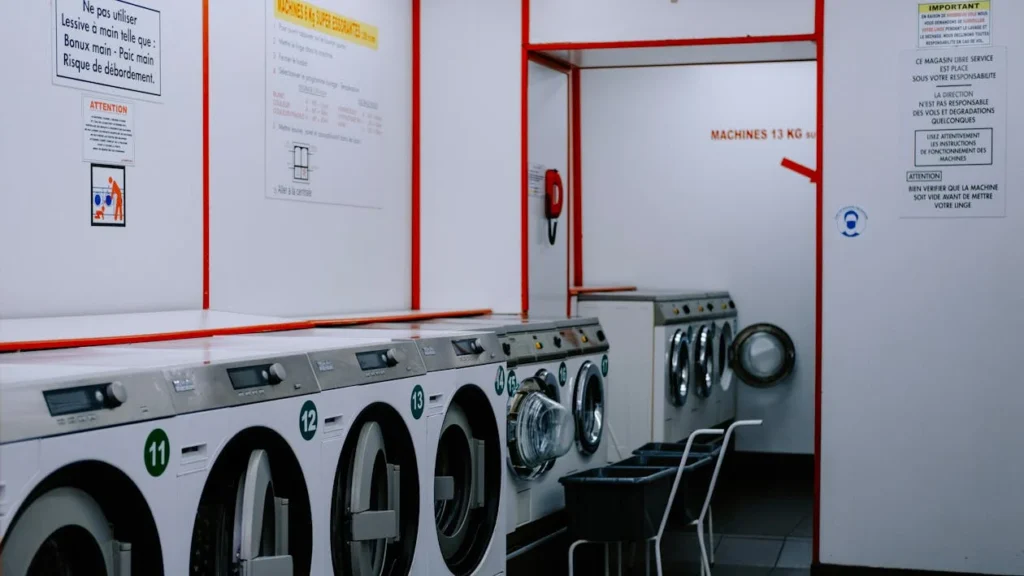Washing Line Posts

Introduction
In the quest for eco-friendly living and sustainable practices, washing line posts have made a significant comeback. Not only do they reduce electricity usage, but they also extend the life of clothes by avoiding the wear and tear from dryers. This comprehensive guide explores the different types of washing line posts, their benefits, installation tips, and maintenance practices to help you make the most of this simple yet effective tool.
Types and Categories of Washing Line Posts
Traditional Fixed Posts
- Wooden Posts: Durable and rustic, these posts blend seamlessly into garden settings.
- Metal Posts: Known for their strength and longevity, often galvanized to prevent rust.
Rotary Washing Lines
- Freestanding Models: Portable and versatile, suitable for different locations.
- Fixed Rotary Lines: Installed permanently, offering stability and higher load capacity.
Retractable Washing Lines
- Single Line Systems: Ideal for smaller spaces or occasional use.
- Multi-Line Systems: Provide more drying space and are retractable for convenience.
Wall-Mounted Washing Lines
- Foldable Arms: Can be collapsed when not in use, saving space.
- Fixed Arms: More robust and can hold heavier loads.
Benefits of Using Washing Line Posts
Environmental Benefits
- Energy Savings: Reduces electricity consumption by eliminating the need for a dryer.
- Lower Carbon Footprint: Contributes to a reduction in greenhouse gas emissions.
Financial Savings
- Reduced Energy Bills: Direct savings on electricity costs.
- Longer Clothing Lifespan: Less wear and tear means fewer replacements.
Practical Benefits
- Fresh Smelling Laundry: Natural drying outdoors leaves clothes with a fresh scent.
- Gentler on Clothes: Air drying is less harsh compared to mechanical drying.

Installation of Washing Line Posts
Selecting the Right Location
- Sunlight Exposure: Ensure the spot receives ample sunlight for effective drying.
- Wind Flow: A breezy location enhances drying efficiency.
- Accessibility: Choose an area that is easy to reach and convenient for regular use.
Tools and Materials Needed
- Concrete: For setting fixed posts securely.
- Post Hole Digger: Essential for creating holes for the posts.
- Level: To ensure posts are vertically straight.
Step-by-Step Installation Guide
- Digging Holes: Use a post hole digger to create holes approximately 60 cm deep.
- Setting Posts: Place the post in the hole, ensuring it is level before adding concrete.
- Securing with Concrete: Pour concrete into the hole around the post and allow it to set.
- Attaching Lines: Once the concrete is dry, attach the washing lines at the desired height.
Maintenance and Care
Regular Inspections
- Check for Rust: Especially on metal posts, and treat or repaint as necessary.
- Tighten Lines: Ensure the lines are taut to prevent sagging.
Cleaning
- Removing Dirt: Regularly wipe down posts and lines to remove dirt and mildew.
- Preventing Mold: Ensure the area around the posts is dry to prevent mold growth.
Seasonal Care
- Winter Preparation: If living in an area with harsh winters, consider taking down lines to prevent damage.
- Spring Check-Up: Inspect for any damage caused by winter weather and make necessary repairs.
Personal Stories and Case Studies
A Return to Tradition: Jane’s Experience

Jane, a resident of rural England, shares how installing a wooden washing line post transformed her laundry routine. SarahIt feels good to return to more sustainable practices,” she says.
Urban Living with Limited Space: Mike’s Story
In a small apartment in New York City, Mike installed a retractable wall-mounted washing line on his balcony. “It’s incredibly convenient and space-saving. Plus, I love that I can retract it when not in use, keeping my small balcony uncluttered,” he notes.
Expert Insights
Environmental Benefits Highlighted by Eco-Expert, Dr. Green
Dr. Green emphasizes, “Switching to air drying using washing line posts is one of the simplest ways to reduce household energy consumption. It not only saves money but also significantly lowers your carbon footprint.”
Practical Tips from Home Improvement Specialist, Sarah James
Regular maintenance, like tightening the lines and checking for rust, can extend the lifespan of your washing line setup.”
